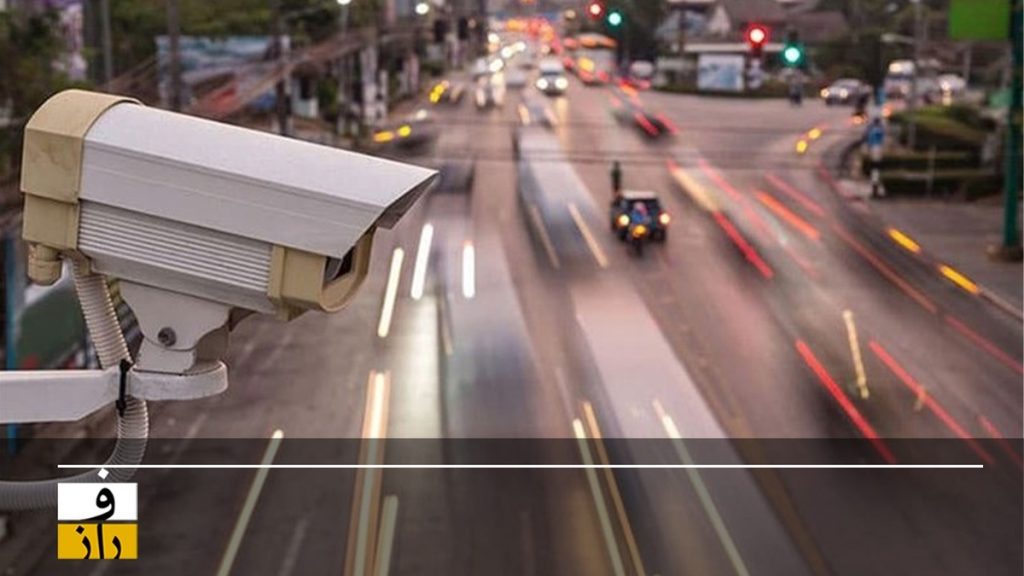
Rewritten Title:
“Security vs. Surveillance: The Debate Over Camera Access in Iran’s Hijab Enforcement”
A Controversial Clause in Iran’s Hijab Law
While tensions remain high following a recent 12-day conflict, concerns over national security have resurfaced amid debates about Iran’s “Hijab and Chastity” law. A controversial provision within the legislation initially allowed law enforcement (Faraja) access to surveillance footage from sensitive institutions—including the Ministry of Intelligence, the Atomic Energy Organization, and the Ministry of Defense—ostensibly to enforce hijab compliance. Critics warned that this measure, though framed as a social policy, could inadvertently compromise state security by widening access to classified surveillance systems.
The clause was ultimately halted by Iran’s Supreme National Security Council, but the episode has reignited discussions: Should national security ever be risked for ideological enforcement?
The Security Risks of Expanded Camera Access
Article 62, Note 1 of the law explicitly permitted Faraja to obtain footage from high-security facilities, provided “protective and security considerations” were observed. On the surface, this appeared to strengthen hijab enforcement. However, given Israel’s documented intelligence infiltration in recent years, security experts argued that the provision could expose critical infrastructure to espionage.
Critics, including legal scholars and even the president, raised alarms over the potential misuse of surveillance networks. The law also mandated cooperation from taxi drivers, businesses, and public institutions in identifying violators—a move decried as impractical and dangerous.
Public Confusion and Lack of Transparency
Despite the Security Council’s intervention, reports emerged of citizens receiving automated text messages flagging “improper hijab” in vehicles and public spaces. The Headquarters for Enjoining Good and Forbidding Evil, tasked with enforcement, refused to clarify its methods, stating: “When national meetings involve 18 agencies, decisions like mass messaging are made collectively—but details need not be public.”
This opacity fueled suspicions that multiple institutions were using urban cameras to monitor women’s attire, bypassing formal oversight.
A Wake-Up Call from the 12-Day War
The recent conflict underscored Israel’s ability to target Iranian officials and scientists inside Iran—an operation requiring deep intelligence penetration. Historical precedents, like the case of Eli Cohen (an Israeli spy who infiltrated Syria’s defense ministry in the 1960s), highlight the long-standing threat of enemy operatives compromising state secrets.
Against this backdrop, granting broad camera access to non-security entities seemed a reckless gamble. As one analyst noted: “After seeing how intelligence breaches can devastate national security, why would we create new vulnerabilities?”
Security Over Ideology?
The 12-day war proved that Iran’s priority must be safeguarding its institutions from infiltration and sabotage. The hijab law’s camera clause—buried in a bill about “family protection through hijab promotion”—raised a fundamental question: Should security protocols ever be diluted for ideological campaigns?
While the provision was blocked, its initial approval exposed a critical tension. Moving forward, Iran’s policies must balance social mandates with unshakable security principles—lest the fight over hijab enforcement inadvertently weakens the nation’s defenses.
Key Takeaway: National security cannot be an afterthought. Even well-intentioned laws must undergo rigorous scrutiny to prevent unintended risks.